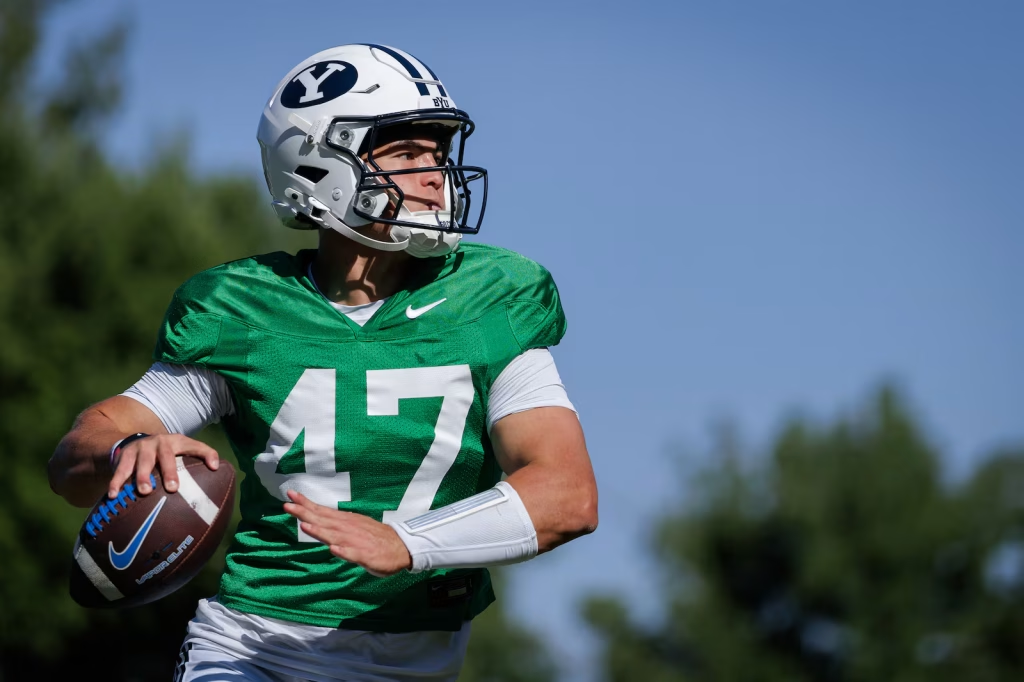Quarterback battles are part of the lifeblood of football. They generate intrigue, stir up message boards, and give coaches the luxury of evaluating multiple skill sets. But at some point, the show must move from auditions to rehearsals — and that’s exactly what trimming a QB competition from three contenders to two accomplishes.
When a team starts camp with three legitimate candidates for QB1, the coaching staff has to split reps three ways. On paper, that might sound fair and thorough. In reality, it can dilute progress. Quarterbacks need consistent, meaningful reps with the first-team offense to develop timing, chemistry, and confidence. When those reps are spread too thin, no one gets enough of a rhythm to truly separate themselves.
By narrowing the race to two, the coaching staff can concentrate resources where they matter most. Instead of a third quarterback getting a handful of snaps in practice, those reps can now be redirected to the two most viable options. That accelerates decision-making, because the top candidates get more chances to show how they operate in real game-like situations — from blitz pickups to red zone efficiency.
It’s also a move that helps the rest of the offense. Wide receivers, tight ends, and running backs want to know who’s throwing them the ball and how that quarterback likes to operate. Offensive linemen benefit from understanding a QB’s cadence, pocket movement, and tendencies. Two quarterbacks in the mix means those relationships can develop faster and with less confusion.
There’s a mental side to this, too. A three-man competition can drag on and create an environment where players feel like they’re constantly starting from scratch to impress coaches. Narrowing the field signals to the team that the decision-making process is moving forward. For the two remaining quarterbacks, it’s both a confidence boost and a challenge — they’ve cleared one hurdle, but now they have to out-perform a direct competitor with more eyes on them.
For the player who’s no longer in the QB1 hunt, it’s not necessarily a loss. Often, that third quarterback gains clarity about their role, whether that’s preparing to be the backup, contributing in certain offensive packages, or focusing on long-term development. That’s better than spending the remainder of camp chasing a role that may not be realistically within reach this season.
From a team chemistry standpoint, this decision reduces the noise. Fewer media questions about a “three-way race” means the focus shifts to football rather than speculation. It also allows coaches to start tailoring the playbook more specifically to the skill sets of the two quarterbacks still in contention, rather than keeping everything generic to accommodate three different styles.
In short, cutting the QB battle from three to two isn’t about playing favorites early — it’s about maximizing efficiency, clarity, and cohesion. It gives the leading candidates more opportunities to prove themselves, the rest of the offense more stability, and the coaching staff a clearer path to naming a starter before Week 1.


